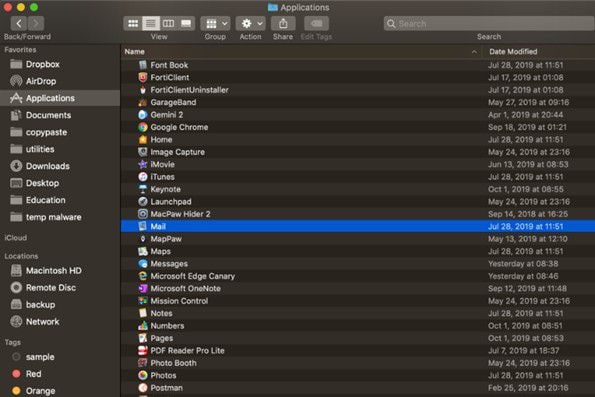
- #Paraview crashes mac opening large solutions install#
- #Paraview crashes mac opening large solutions code#
With gprof2dot it is easier to visualize the typical flow of your application than it is in SnakeViz. Embedded in this graph is also the call-stack information. Gprof2dot displays the data in dot-graph format. png) which are perhaps easier to view and share than their browser-based cousins, but they are also not interactive. gprof2dot differs from SnakeViz in that it writes static image files (usually. SnakeViz also creates a table listing the most expensive functions in the call-stack in descending order:Īnother option for visualizing data in a.

You can also click on a particular function which will generate a new plot with the selected function now at the center.ĭata can also be displayed in an icicle plot: The call-stack depth can be adjusted to show deeper functions. By default data are displayed in a sunburst plot: This should open an interactive window in your default browser that displays the data in your. You will need to modify the beginning of your script by adding: This will also write some human-readable cpu_0.txt files (which are nice as a sanity-check but ultimately not as useful). To avoid making a mess we recommend creating a new directory for your results and cd into this directory before running your application. This example will write many cpu_0.prof files one for each MPI rank.


We might want to do this to check that we are adequately load-balancing among the MPI ranks, for example. Now let's examine a more complex case in which we profile several processes from a Python program using mpi4py based on this page. Once your application is done running you can use scp or Globus to transfer the output.prof file to your local machine. Python -m cProfile -o output.prof path/to/your/script arg1 arg2 Now you can run you application and collect data using cProfile: prof file which contains the data we ultimately want. In this example, we will profile a Python application on Cori and transfer the results to our local machine to visualize. We will start with an example to profile a single process.
#Paraview crashes mac opening large solutions code#
You can then visualize the data you collected with several tools including SnakeViz and gprof2dot.ĬProfile can be used to collect data for a single process or many processes (for a Python code using mpi4py, for example.) You can use it to collect data from your program without having to manually add any instrumentation. Python has a nice, built-in statistical profiling module called cProfile. Outputs include memory usage and MPI information. No additional instrumentation or customization is required. To view in your browser, you'll probably want to scp the data back to your local machine. html output files which can be viewed in your text editor or browser, respectively.
#Paraview crashes mac opening large solutions install#
Doing an upgrade install of OS X from the recovery partition or upgrading to 10.9 might also restore the owners of some files.This automatically will write. If you only used /usr/local/ with Homebrew, you might delete /usr/local/ and then reinstall Homebrew.Īlternatively, you could use Pacifist to copy the default /usr/ from an OS X installer downloaded from App Store. usr/local/ does not exist on a fresh installation of OS X. This would change the owner of the uucp files: sudo chown _uucp /usr/bin/ /usr/share/uucp $ sudo find /usr/!(local) ! -user root -print0|xargs -0 stat -f '%Su %N' On my installation, all files under /usr/local/ were owned by either root or me, a few files under /usr/ were owned by _uucp, and all other files under /usr/ were owned by root: $ sudo find /usr/local ! -user root ! -user $USER

If you can't restore /usr/ from a backup, you could first start up in single user mode (by holding command-S on startup) and run chown -R root /usr/.


 0 kommentar(er)
0 kommentar(er)
